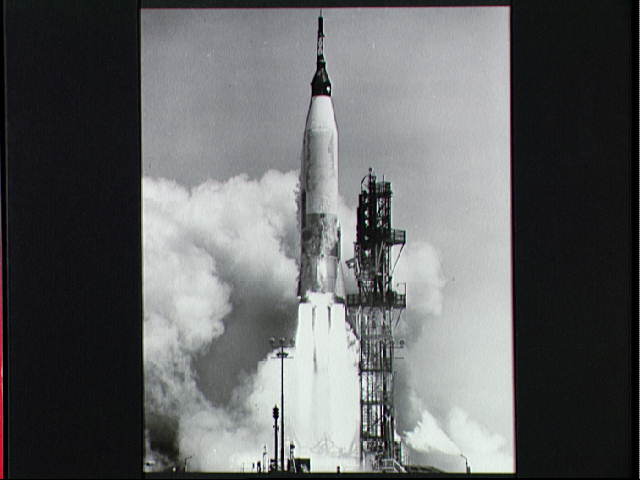

curbed its reliance on the Atlas V in part due to the fact that its RD-180 engines were Russian-made, and the U.S. Speaking to The Verge in 2021, ULA CEO Tory Bruno said all of the company's Atlas V rockets had been sold, meaning only a limited number of launches remain. The days of the Atlas V are due to come to a close soon as ULA transitions to its newer rocket, Vulcan, which is due to make a debut launch later this year. Unlike the newer Falcon 9 rocket operated by competing private space firm SpaceX, the Atlas V is expendable. The entire mission is set to last just under 8 hours, with the two satellites being released around 6.5 hours in. However, trajectory will be corrected by the RD-180 engine which is capable of redirecting its own thrust to compensate. This means the vehicle will essentially be unbalanced at launch and, as ULA CEO Tory Bruno said in a Twitter video this week, will "power-slide" off the launch pad due to its asymmetrical torque. The unusual thing about today's launch is that in addition to the rocket's main RD-180 engine system, lift-off will be assisted by a single solid rocket booster attached to the side of the vehicle. Its inaugural launch took place in 2002, and since then has been behind dozens of space missions from commercial and military satellite launches to probes destined for other planets.Īlthough the rocket is far from new, today's launch will be the first time that the Atlas V will be used in its so-called "Big Slider" configuration. The rocket that will launch them there, the Atlas V, is the ULA's go-to workhorse launch vehicle, which has been operating for nearly 20 years. What to Know About Potentially Hazardous Asteroids and Future Impact Risks.New Study Squashes Idea That Meteorite Represented Life on Mars.Humans Could Land on Mars in 5 to 10 Years, if Elon Musk Has His Way.


 0 kommentar(er)
0 kommentar(er)
